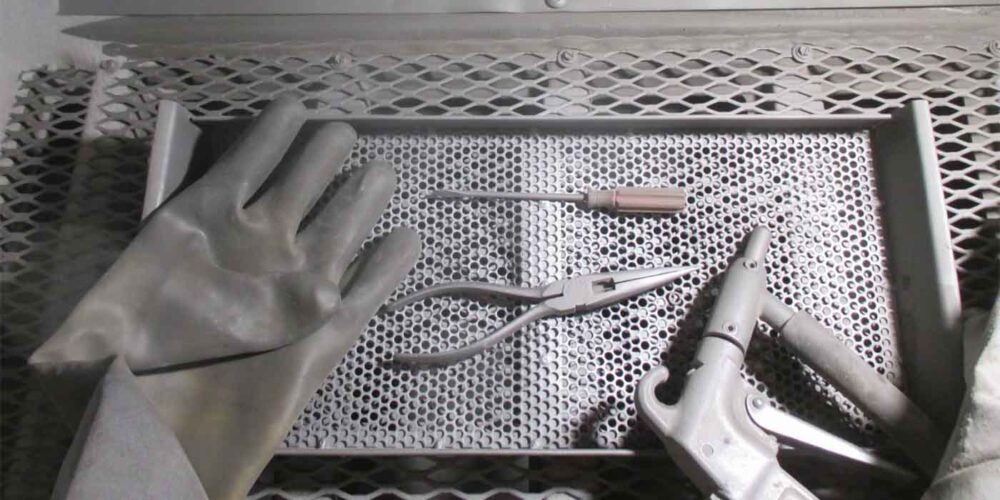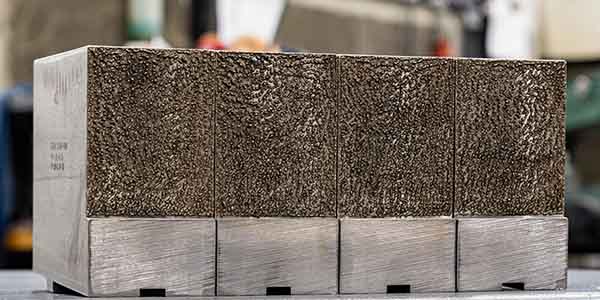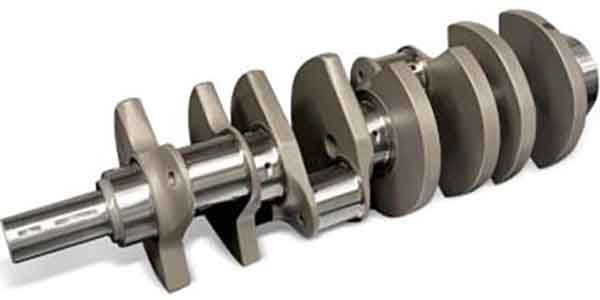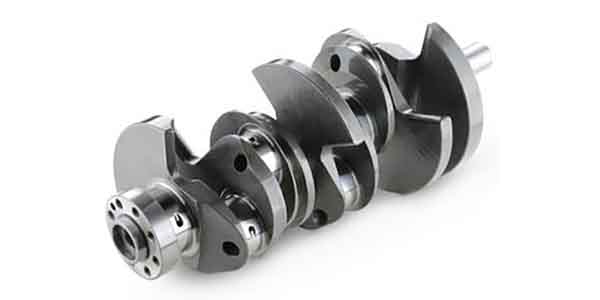Our industry is chalk full of smart folks, and it’s a good thing, because horsepower can get complicated. Even the smallest misstep, mishap, or mistake can be costly, especially as the rpms and horsepower numbers climb. One aspect of the engine where this is very apparent is in the rotating assembly of a performance-oriented engine. As such, balancing a rotating assembly these days is no longer an option, it’s a necessity, and if not done correctly, can cause various amounts of damage – some fixable and others… not.
One of those smart folks of our industry alluded to above is Randy Neal of CWT Industries. When it comes to the topic of balancing, Randy is one of the top authorities, so we picked Randy’s brain on what it takes today to ensure engines can continue to push the limits of physics, which all has to do with a balanced engine.
Lightening vs. Durability
Back in the day, most engines, even the performance ones, had a somewhat perceived cap in rpm of 6,000-7,000 rpm, Neal tells us. The race community, of course, was higher – 8,000-9,000 rpm. Today, in some of these applications, we’re seeing 12,000 rpm now. In congruence with that, OEMs today are balancing engines below what used to be considered all-out racing tolerances not that long ago.
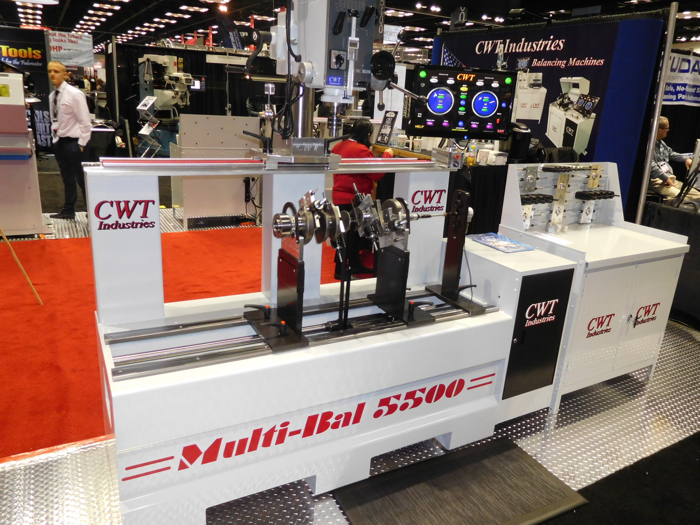
A lot of it has to do with CAFE standards that are in place to provide good emissions and good fuel mileage, but some of it also has to do with the notion that lighter takes less horsepower, and as such, the automobile has been put on a diet.
“In doing so, they’ve made a couple of what I consider inappropriate moves, and they’ve made the engines considerably lighter,” Neal says. “What we have to understand is that balancing isn’t strictly a high-performance issue anymore. It’s an efficiency issue. What lightening does is helps make power, but it also opens up issues of durability over time.”
The issue of lightening is not only one seen in the OEM world, but also here in the aftermarket and in performance. Proper balancing work is becoming the difference maker in many cases.
“Take, for instance, shops that remanufacture engines,” Neal says. “Using an aftermarket connecting rod is going to be 10%-20% different than the OEM rod, which automatically mandates a rebalance, but it doesn’t always happen. There’s a misconception on some of the stuff surrounding normal remans that you can get away with what we used to. If you put aftermarket pistons or aftermarket rods in an engine that are outside the scope of what the OE intended, the electronic controlling system will see that, hear that, feel that, and not perform as the OE intended. Balancing has become as important as getting ring gap.”
Neal points out an important aspect of our collective industry – we have to produce or reproduce a product that is equal to, if not better, than OEM, or else it’s a cancer that will hurt our business in general. Quality always wins and lack of quality always loses.
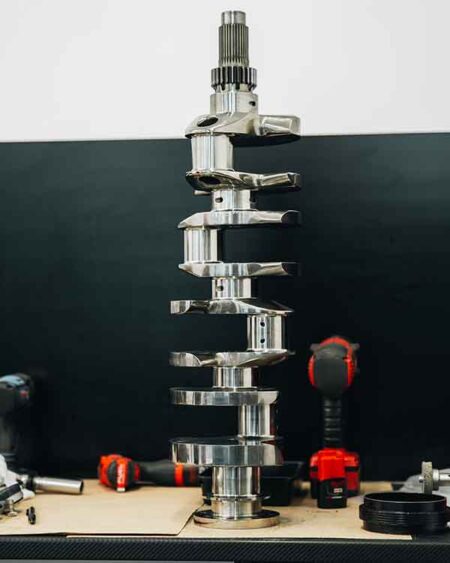
Today, we’re seeing that weight matters, and so a lot of guys are running as light of assemblies as possible. In contradiction to that, the horsepower increase has gone up nearly exponentially due to boost and nitrous.
“A rule of any high-performance engine, and it’s the same for OEMs, is light parts take less energy and therefore net power,” he says. “What’s been missing in all that and the naivety of where we’re headed is structural integrity is being compromised. Today, we’re not seeing 1,000 horsepower. We’re seeing 1,500 hp, 2,000 hp, 2,500 hp, 3,000 hp, and yet we’re doing it with the assumption of a light crank.
“What needs to be on everybody’s radar is that I could have an engine extremely out of balance and it will run and even make power, but it won’t last long and it doesn’t make as much power as it could. The bobweight variance of design can be pretty radical – as much as 400 grams in one direction or another – due to a heavy rod or aluminum rod, a super light piston or pin, etc. When a builder has to go light, and they have an excessive counterweight issue, meaning it’s too heavy, they drill.”
No-Hole Balancing
The concept of no-hole balancing isn’t a super new one, but it has been gaining momentum and importance due to the horsepower and performance levels engines have been achieving. One thing to note, no-hole balancing doesn’t apply to adding weight to a crankshaft via mallory metal, but rather just when lightening is needed. Drilling into the counterweight should be avoided.
“Show me an object that you can drill holes in and tell me it got stronger,” Neals says. “If you’re going to lighten a crank, you should be practicing no-hole balancing. There’s not a single hole in those counterweights. They’re all meant to maintain their integrity and counter the amount of unbalanced force.”
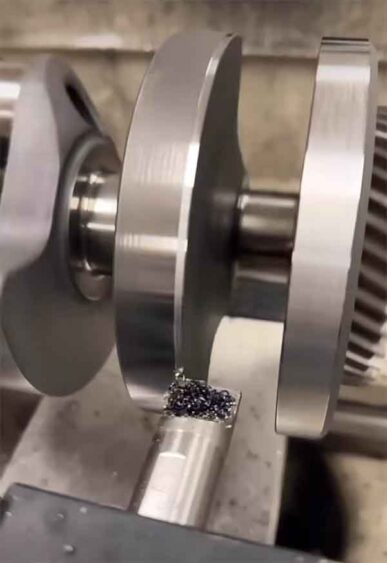
That said, if you’re going to drill to lighten the crank, Neal and other experts have suggested drilling no more than two holes and no more than .500” deep on any one counterweight. The reason being, drilling holes in counterweights opens that counterweight up to undulation.
“By doing this drilling, the counterweight is going into a hysteresis or a flutter, which is causing all sorts of trauma throughout the engine,” Neal says. “We’ve seen this in action, especially with increased load generated by power. In these super high-horsepower engines, even the good counterweights are distorting front to rear. As we increase power, the counterweights spread and have to recoil back.
“What’s wrong with flutter is it’s not sequential. It’s uncontrolled and extremely unstable. That frequency is transferred into the engine, which the damper is our first line of defense for that at certain frequencies. But, now all of a sudden, we’ve added a whole new frequency that we haven’t looked at before. More importantly, each crank drilled differently combined with different power making will respond in a different fashion.”
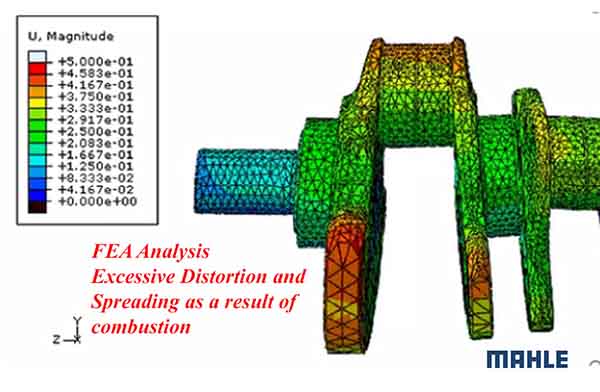
Instead of drilling the traditional holes in a counterweight, Neal’s company, CWT Industries, has developed software to help engine builders and machinists cut the counterweight down in other ways – either on the blade or using a technique known as clipping.
“In doing this, we minimize the radial portion of that counterweight by reducing the weight as opposed to drilling,” he says. “By lowering the counterweight mass, we cumulatively lower the mass of the crankshaft assembly. Only good benefits come out of that, and you’re effectively unleashing power. We also find that the crank becomes much more stable.
“Another way of doing it is called clipping. When you get into clipping, there’s two approaches. You could clip on each end, as long as the vectored position is in the center of the counterweight. In a perfectly designed counterweight, the counterweights’ load is dead center to the counterweight fan. If I wanted to reduce weight, I can take substantial amount of weight on the left and right side and minimize it, instead of cutting down on the lathe or drilling it.”
Any weight you can take off the crank that doesn’t serve purpose is unleashing power. Anything that goes for the ride that has no mechanical advantage, is a waste of time.
6 vs 8 Counterweights
Another aspect of crankshafts and balancing that has been changing in recent years is a move away from six-counterweight cranks toward eight-counterweight cranks. This, again, better serves the higher horsepower engines many shops are focused on these days.
“Balancing is a relentless dynamic,” Neal says. “When you get something out of balance, you can see immediate reaction. As you increase rpm, the force is increased exponentially. Those main bearings are having to handle that load. People must understand unbalanced can’t get better. It has to be resolved.”
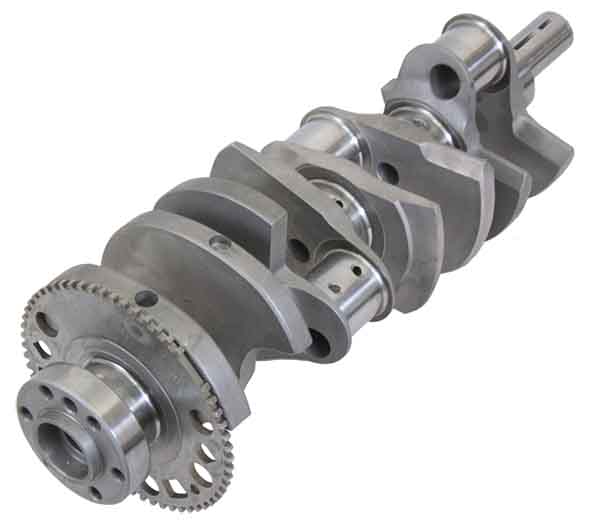
One way to help resolve it and remedy handling that increased load is through the use of eight-counterweight cranks. However, there is a big difference between six and eight-counterweight crank designs.
“If you take the ‘clocking’ of counterweights used in a six-counterweight design, and then just add two center counterweights without truly understanding function or the mission statement of the crank design, you’ll actually create a problem – a major one,” Neal points out. “We’ve seen guys buy eight-counterweight cranks and then they see unbelievable bearing errors such as excessive wear, flexing, distortion, twisting. They’re looking at me saying, ‘You said eight counterweights is the answer.’ It’s the design of the eight counterweights that’s the issue. A lot of these cranks are still what we would consider generic or cookie cutter designs.
“If a crank manufacturer were to re-pattern from the six-counterweight clocking of the counterweight and then throw two counterweights in the middle with any ambiguity, it’ll turn out to be wrong. If you’re going to go do an eight counterweight, then you’re going to notice the clocking of the counterweights are alien to what you would see on a six counterweight. They’re totally different.”
People should be aware of the fact that an eight-counterweight crank that’s not designed correctly can cause issues in your engine. A true design eight-counterweight crank next to a six-counterweight crank is very obvious.
“The counterweights are relative to the application of the bobweight, but it’s also relative to the amount of power you’re making,” he says. “A lot of guys are starting to recognize that the eight counterweight is the correct design for high rpm and excessive loads.”
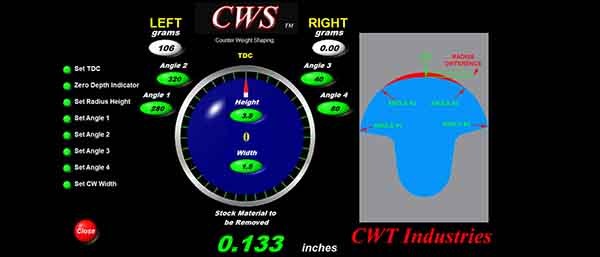
That said, many people need to stop the practice of purchasing cranks based on availability and price over the importance of quality and design.
“Those days are over,” Neal admits. “We’re way past applications under 1,000 horsepower. A 1,000-hp engine with an improper designed crank won’t live. In fact, it won’t live at 5,000 rpm. It’ll definitely attack the bearing over cycle time. It’ll have no life. I don’t care if it’s an LS, a Coyote or even a big block Chevy design, if that counterweight design is wrong, that engine will not last.
“The result is a crank that’s junk. If the counterweight is located improperly, or the vector, which is an angle with force, is in the wrong area and not countering an opposing load, it’s junk. We as purchasers of these cranks aren’t privileged to proper designs. The ones that have been properly designed have a cost point that’s substantially different. People who are buying cookie cutter, five counterweight, cheap cranks – you went in the wrong direction. Every crank is application driven because of power making.
“People need to be aware of the fact that we have evolved to a status that we have to understand a lot more. It’s procedurally driven, and the balance is critical in every aspect and for every engine.”
In engine building, the mental gymnastics you have to go through are a lot, and balancing is no exception. The laws of physics are in play here, and we recommend not trying to reinvent those laws. EB






